Commission for Scientific and Technical Terminology (CSTT)
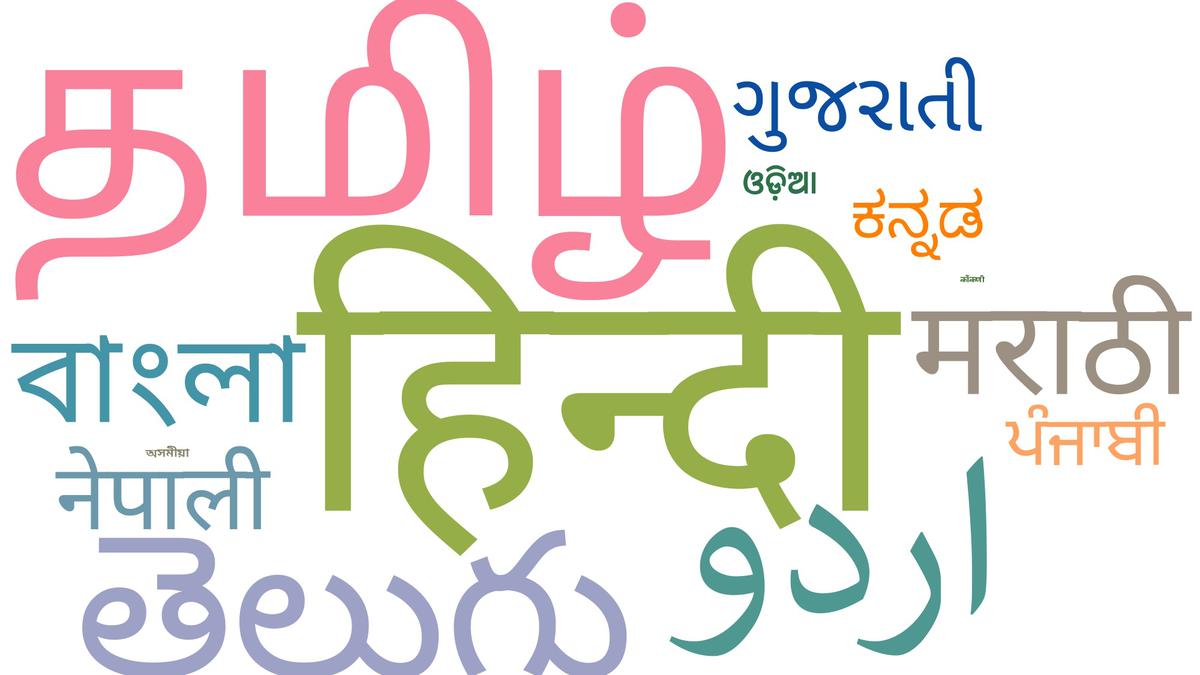
- 12 Sep 2024
In News:
The Commission for Scientific and Technical Terminology (CSTT) has recently unveiled a groundbreaking web portal, ‘shabd.education.gov.in,’ which is set to be a significant resource for technical terminology across all 22 official Indian languages. This initiative, supported by the Union Education Ministry, aims to consolidate and digitize scientific and technical terminologies, making them accessible to users in multiple languages.
Key Features of the Portal:
- Central Repository: The website serves as a central repository for glossaries developed by CSTT and other institutions. It currently hosts 322 glossaries with approximately 2.2 million words, with a goal to expand to 450 glossaries.
- Search Functionality: Users can search for technical terms using various criteria, including language, subject, type of dictionary, or specific language pairs. This comprehensive search capability allows for targeted and efficient access to information.
- Feedback Mechanism: The portal enables users to provide feedback on the terminologies, helping to refine and update the database based on real-world use and expert input.
- Expanding Technical Education: The launch of this platform supports the broader goal of enhancing technical education in Indian languages, which is crucial for fields like medicine and engineering.
Historical Context and Support:
- CSTT's Role: Established in 1961, CSTT is tasked with developing and defining scientific and technical terms in Hindi and other Indian languages. The commission also publishes textbooks, monographs, and journals, and organizes various academic events to promote standardized terminology.
- Process of Compilation: Terminologies are compiled through specialized committees for each subject area, with separate language committees ensuring the standardization of terms. The CSTT has been assisted by the National Translation Mission in this effort.
Impact and Usage:
- Since its launch in March 2024, the portal has seen significant engagement, with over 122,000 hits from both domestic and international users. This reflects the growing interest and need for accessible technical terminology in multiple languages.
- The portal is poised to play a crucial role in standardizing and disseminating technical knowledge across diverse linguistic communities in India, facilitating better understanding and education in various scientific and technical fields.
Ayushman Bharat Pradhan Mantri Jan Arogya Yojana (AB PM-JAY)
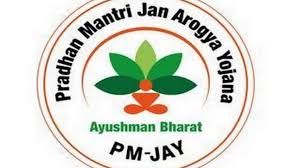
- 12 Sep 2024
In News:
- The Union Cabinet has approved a major expansion of the Ayushman Bharat Pradhan Mantri Jan Arogya Yojana (AB PM-JAY) to cover all senior citizens aged 70 years and above.
- This change allows anyone in this age group to be eligible for health insurance, regardless of their income level.
- This expansion aims to address the healthcare needs of the elderly, who often face higher medical expenses as they age.
- By lifting income restrictions, the government is ensuring that more senior citizens can benefit from much-needed health coverage, which will help ease the financial burden of healthcare.
How does the scheme work?
- The AB PM-JAY now covers an additional 6 crore individuals from 4.5 crore families, focusing on seniors aged 70 and above. Each senior citizen will be given a health card, allowing them easy access to healthcare services under the scheme.
- The scheme provides Rs 5 lakh coverage annually per family. If there are multiple senior citizens in the same family, this coverage is shared among them. The scheme is particularly beneficial for nuclear families, where the financial burden on elderly members can be more difficult to manage.
Key details of the scheme for senior citizens above 70
- Eligibility - All senior citizens aged 70 and above are eligible for Rs 5 lakh health coverage, regardless of income or social status.
- Top-up coverage - For families already enrolled in Ayushman Bharat, senior members will receive an extra Rs 5 lakh top-up, which is solely for their use.
- Private insurance - Senior citizens with private health insurance can still take advantage of the scheme without any conflict with their existing coverage.
- Public health schemes - Seniors who are part of other public health schemes like the Central Government Health Scheme (CGHS), Ex-Servicemen Contributory Health Scheme (ECHS), or Ayushman Central Armed Police Force (CAPF) will need to choose between their current insurance and the new Ayushman Bharat health coverage.
- New health cards - All eligible senior citizens will receive a separate health card, which will help them access the scheme’s benefits more efficiently.
Who pays for the coverage?
- The cost of this expanded coverage will be Rs 3,437 crore initially. State governments will bear 40% of the expenses, while the Centre will cover the remaining 60%. For states in hilly and northeastern regions, the Centre will fund 90% of the costs.
- As more senior citizens enrol, the costs may increase. Experts point out that covering elderly individuals often costs more than providing insurance for younger, economically weaker sections of society. However, the government is prepared to scale up the coverage based on demand.
Ayushman Bharat Pradhan Mantri Jan Arogya Yojana (AB PM-JAY)
- AB PM-JAY launched in 2018, is a flagship program designed to offer affordable and accessible healthcare to millions of vulnerable families across India.
- The primary aim is to provide health insurance coverage up to ?5 lakhs per family annually for secondary and tertiary care hospitalization.
- The scheme currently supports 55 crore individuals from 12.34 crore families throughout the country.
PM E-Drive replaces FAME India Phase II
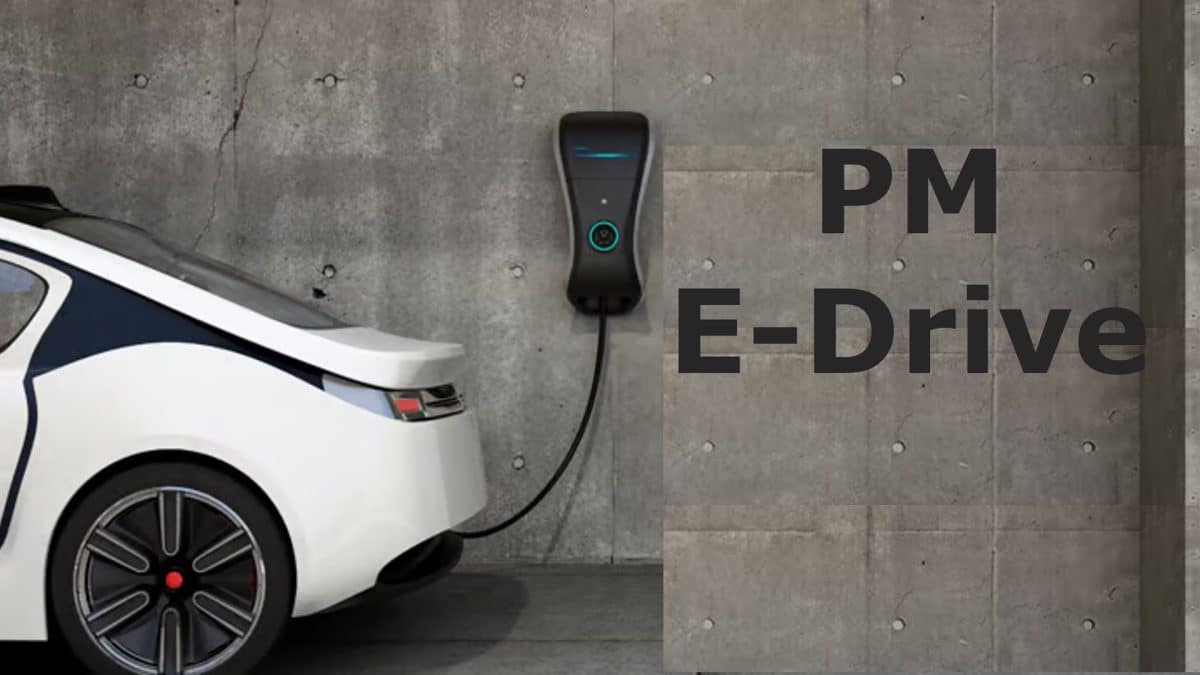
- 12 Sep 2024
In News:
The Union Cabinet recently approved a new scheme called PM Electric Drive Revolution in Innovative Vehicle Enhancement (PM E-DRIVE) for the promotion of electric vehicles (EV) in India, replacing an earlier flagship scheme.
Key Highlights:
- The Ministry of Heavy Industries (MHI) will implement the new scheme with a total outlay of Rs 10,900 crore over a period of two years.
- The PM E-DRIVE will replace Faster Adoption and Manufacturing of Electric Vehicles in India Phase II (FAME India Phase II).
- The new scheme offers subsidies/demand incentives worth Rs 3,679 crore to incentivise adoption of electric two-wheelers, electric three-wheelers, e-ambulances, e-trucks and other emerging EVs.
- The scheme will support 24.79 lakh electric two-wheelers, 3.16 lakh e-three wheelers, and 14,028 e-buses.
- For e-ambulances, a total of Rs 500 crore has been allocated. In addition, Rs 4,391 crore has been provided for the procurement of 14,028 e-buses by state transport units and public transport agencies.
- To implement this, demand aggregation will be done by Convenience Energy Services Limited (CESL) in nine cities with a population of more than 40 lakh — Delhi, Mumbai, Kolkata, Chennai, Ahmedabad, Surat, Bengaluru, Pune, and Hyderabad. Intercity and interstate e-buses will also be supported in consultation with states.
- For availing benefits under the scheme, the ministry will introduce e-vouchers for EV buyers. At the time of purchase, the scheme portal will generate an Aadhaar authenticated e-voucher, which needs to be signed by the buyer and submitted to the dealer.
- Subsequently, the e-voucher will also be signed by the dealer and uploaded on the PM E-DRIVE portal. The signed e-voucher will be sent to the buyer and dealer via SMS, and will be essential for the OEM (original equipment manufacturer) to claim reimbursement of demand incentives under the scheme.
- The primary objective of the PM E-DRIVE scheme is to expedite the adoption of EVs by providing upfront incentives for their purchase, as well as by facilitating the establishment of essential charging infrastructure for EVs.
FAME India Phase II
Launched on April 1, 2019, with a budget of ?10,000 crores for three years. It is an extension of FAME India I, which began on April 1, 2015, with a ?895 crore budget.
Objectives:
- Promote the adoption of electric and hybrid vehicles.
- Provide upfront incentives for purchasing electric vehicles.
- Develop necessary charging infrastructure.
- Address environmental pollution and fuel security.
Focus Areas:
- Public transportation and shared transport.
- Incentives for electric buses through State/City Transport Corporations.
- For 3W and 4W vehicles, incentives are for public transport and commercial vehicles.
- For e-2Ws, focus is on private vehicles.
Targets:
- 10 lakh e-2Ws
- 5 lakh e-3Ws
- 55,000 e-4Ws
- 7,000 electric buses
Incentives:
- Applied to vehicles with advanced batteries, such as Lithium-ion and other new technologies.
Charging Infrastructure:
- 2,700 charging stations in metros, million-plus cities, smart cities, and hilly areas.
- Charging stations on major highways at 25 km intervals, on both sides of the road.
40% Amazon rainforest unprotected: why is this significant for climate change?
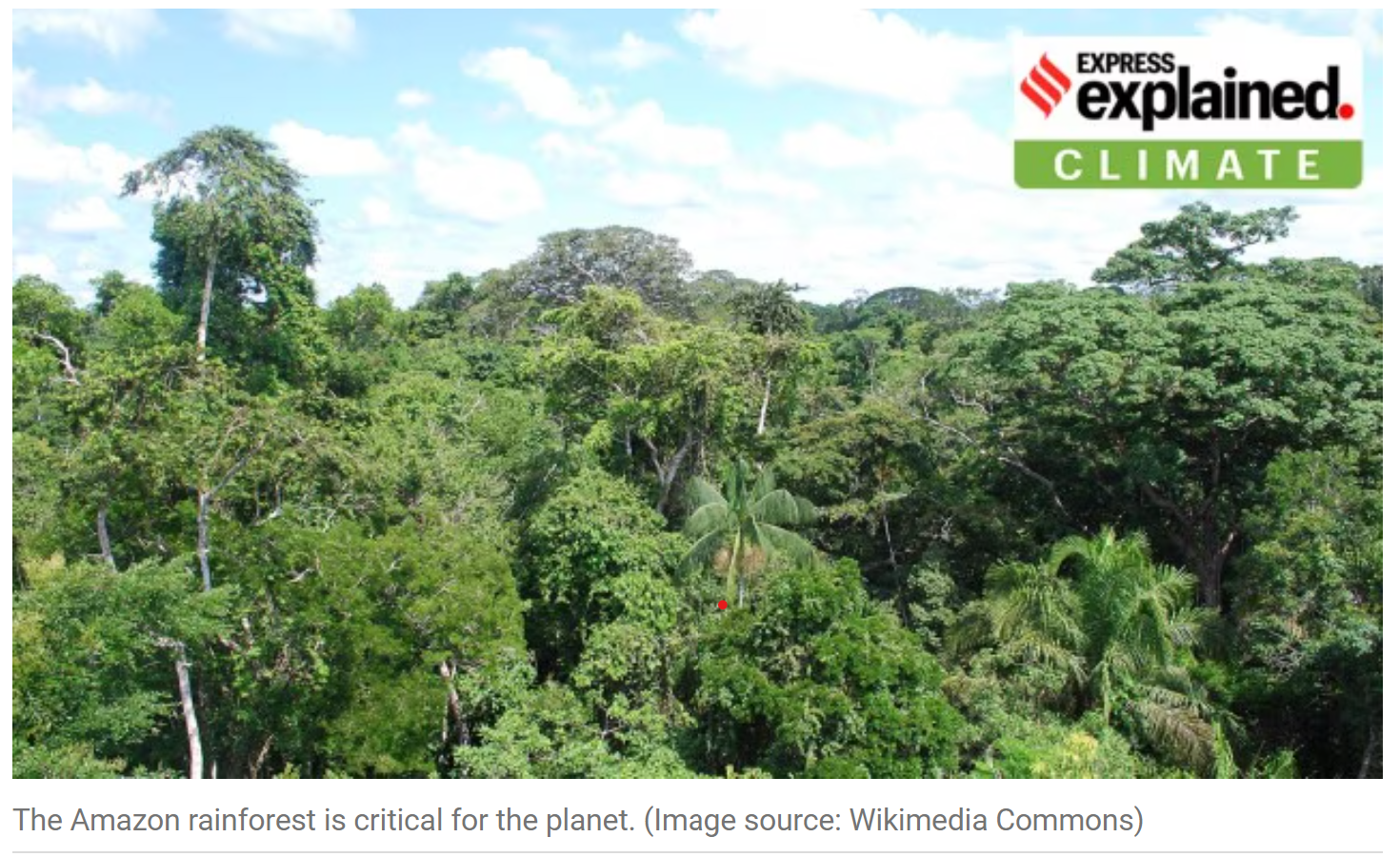
- 12 Sep 2024
In News
- Scientists agree that preserving the Amazon rainforest is critical to combating global warming, but new data published recently, indicate huge swathes of the jungles that are vital to the world’s climate remain unprotected.
- Nearly 40% of the areas of the Amazon rainforest most critical to curbing climate change have not been granted special government protection, as either nature or indigenous reserves, according to an analysis by nonprofit Amazon Conservation.
- The areas lie in the far southwest of the Amazon in Peru and the far northeast in Brazil, French Guiana, and Suriname, the data show.
- Those parts of the Amazon have the biggest, densest trees and the most continuous canopy cover. That means these areas hold the most carbon, which would be released into the atmosphere as climate-warming greenhouse gas if the jungle is destroyed by fire or logging.
What satellite data show
- Amazon Conservation analysed new data from the satellite imaging company Planet that used lasers to get a three-dimensional picture of the forest and combined it with machine-learning models.
- Only aboveground vegetation was considered, and not underground carbon in roots and soils.
- Amazon Conservation’s Monitoring of the Andean Amazon Project (MAAP)’s analysis shows that 61% of the peak carbon areas in the Amazon are protected as indigenous reserves or other protected lands, but the rest generally has no official designation.
- In Brazil, Suriname and French Guiana, only 51% of peak carbon areas are labeled for preservation. Peru protects a higher proportion of its critical areas, but some of the areas that have been left unprotected have been earmarked for logging.
Why the Amazon matters
- MAAP published an analysis last month showing that the Amazon contained 71.5 billion tonnes of carbon, roughly double the global carbon dioxide emissions for 2022. That analysis showed that the Amazon just barely absorbed more carbon than it released in the decade leading up to 2022, a positive signal for the world’s climate.
- But that remains an area of intense debate, with other studies showing the Amazon has flipped to become an emissions source.
- As the effects of anthropogenic climate change become more stark with each passing day, the Amazon becomes one of the most valuable assets for the planet’s health. Scientists say that if the Amazon becomes an emission source instead of a carbon sink — which absorbs carbon from the atmosphere — the impact on the planet may be cataclysmic.
Controversy over Mumbai's salt pans: why do these lands matter?
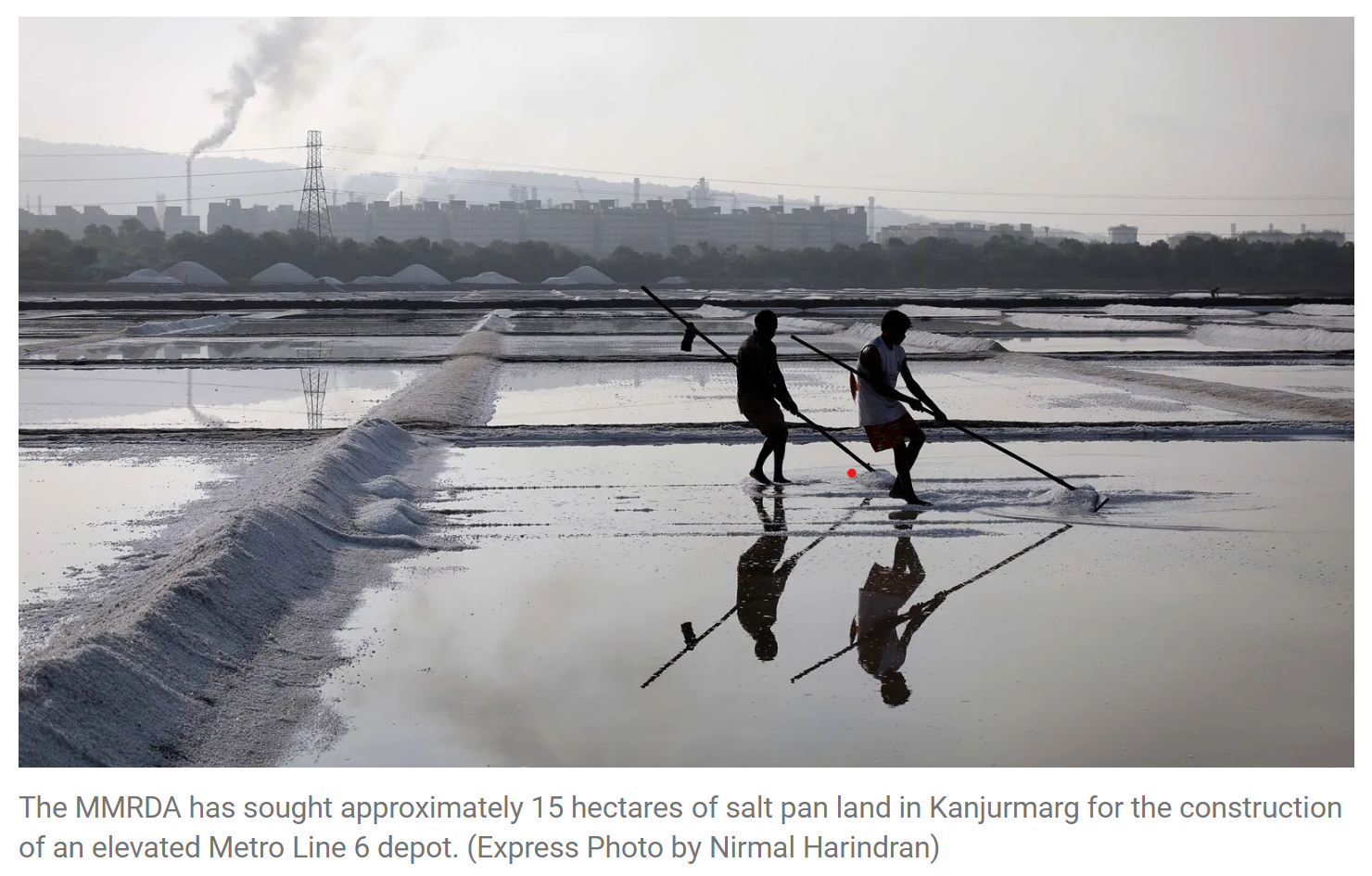
- 12 Sep 2024
In News:
Earlier this month, the Centre approved the transfer of 256 acres of salt pan land in Mumbai to the Dharavi Redevelopment Project Pvt Ltd (DRPPL), a joint venture between Adani Realty Group and the Maharashtra government, for building rental housing for slum dwellers.
What are salt pan lands?
- They comprise parcels of low-lying lands where seawater flows in at certain times, and leaves behind salt and other minerals. Along with Mumbai’s mangroves (also at risk due to development), this ecosystem is instrumental in protecting the city from flooding.
- According to the Coastal Regulation Zone (CRZ) notification of 2011, the ecologically sensitive salt pans fall under CRZ-1B category, where no economic activity is allowed with the exception of salt extraction and natural gas exploration.
- In all, 5,378 acres of land in Mumbai have been designated as salt pan lands, approximately nine times the size of the Dharavi slum. About 31% of this land is located in residential and commercial belts, and roughly 480 acres are encroached upon, a 2014 study by the state government found. The same study found that about 1,672 acres of Mumbai’s more than 5,000 acres of salt pan lands are “developable”.
- Nationally, some 60,000 acres have been demarcated as salt pan lands, spread across Maharashtra, Andhra Pradesh, Tamil Nadu, Odisha, Gujarat, and Karnataka. Andhra Pradesh (20,716 acres) boasts the largest expanse of such land, followed by Tamil Nadu (17,095 acres) and Maharashtra (12,662 acres).
Why are Mumbai’s salt pan lands at risk?
Development Pressure
- Land Scarcity: Mumbai faces severe land scarcity, with its burgeoning population and high demand for space. Salt pans, being some of the last undeveloped areas, are increasingly targeted for various projects.
- Development Plans: Multiple state governments have eyed salt pan lands for different uses.
Environmental Significance
- Flood Prevention: Salt pans are situated in low-lying areas that naturally collect rainwater and tidal flows, helping to mitigate flooding in Mumbai’s eastern suburbs. They act as natural buffers, absorbing excess water during heavy rains and high tides.
- Historical Context: During the July 2005 deluge, salt pans helped reduce the impact of flooding compared to other areas of Mumbai, highlighting their role in flood management.
- Ecosystems: Salt pans are home to various species of birds and insects and contribute to local biodiversity. The destruction of these lands could lead to loss of habitat and disruption of local ecosystems.
Risks of Development
- Flooding Concerns: Environmentalists argue that constructing on these low-lying areas will lead to increased flooding in areas like Vikhroli, Kanjurmarg, and Bhandup. This is because the land’s natural ability to absorb and manage water will be compromised.
- Quality of Life Issues: Relocating slum-dwellers to these areas raises concerns about their living conditions. Salt pans are prone to flooding, which could undermine the quality of life for new residents. The cost of making these lands habitable, including extensive land filling and waterproofing measures, could negate the benefits of affordable housing.
- Conflict with Climate Goals: There is a contradiction between Mumbai’s Climate Action Plan, which recognizes climate threats, and the push to develop areas critical for flood management.
